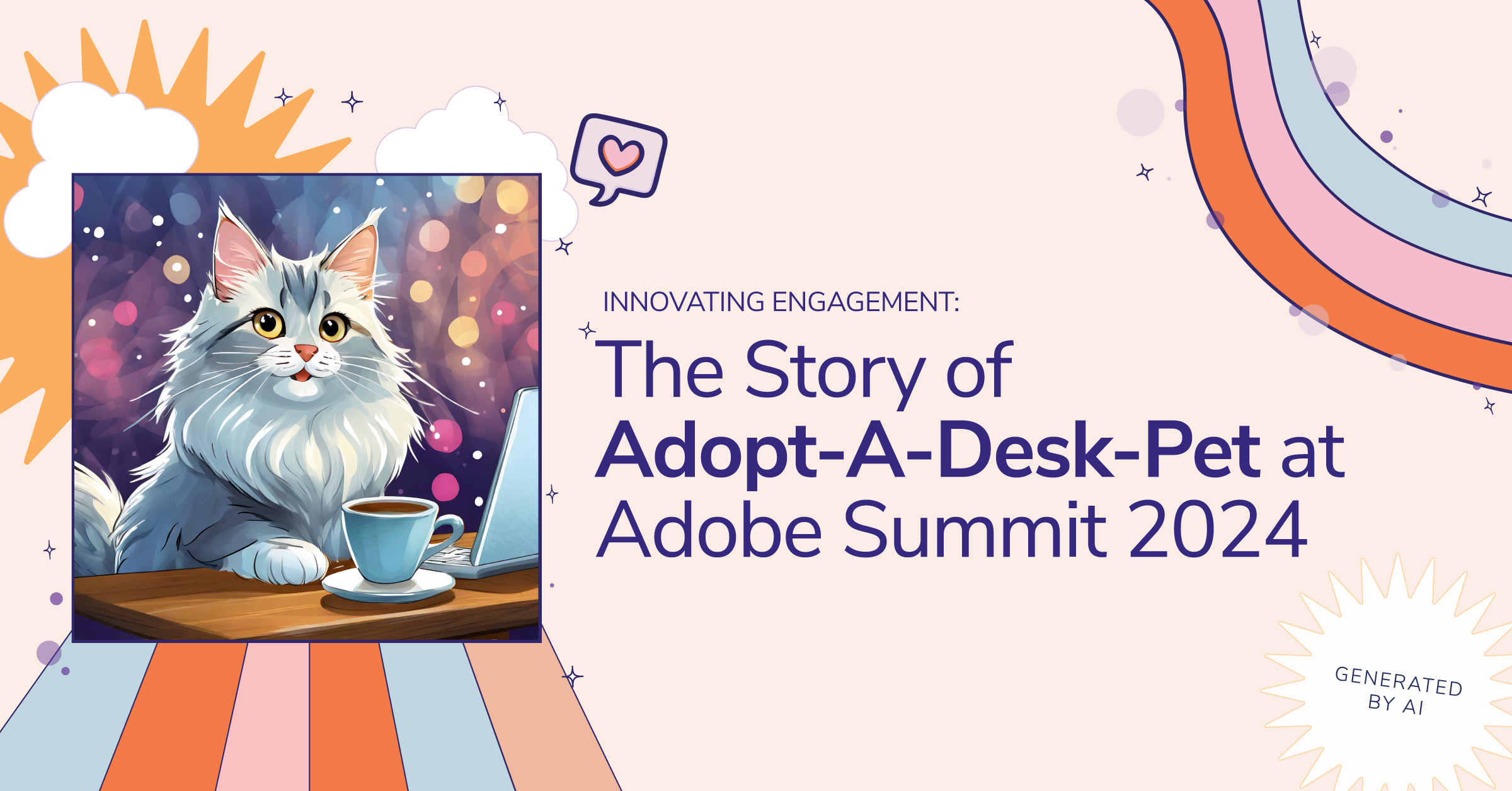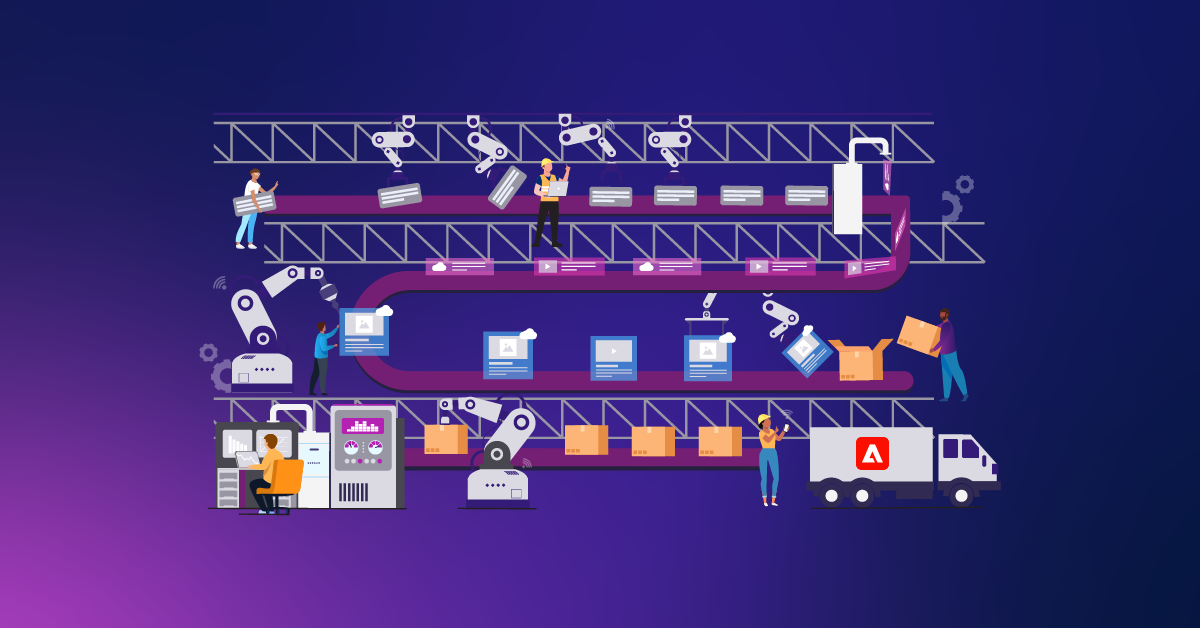Tips for Entering (and Winning) the Adobe Summit AEM Rock Star Challenge

As the calendar turned 2018 and the 2nd annual Adobe Summit AEM Rock Star competition rolled out, our developers got busy submitting a host of our latest innovations to Kaushal Mall and Darin Kuntze at Adobe.
For those unfamiliar with the event, each year the Adobe Summit wows over 12,000 attendees with glimpses into future products and features, celebrations of success from the past year, technical breakout sessions, and inspiring speakers. Excitingly, Bounteous also took home this year’s Adobe Emerging Partner of the Year Award.
In 2017, they added a new component to the summit, the AEM Rock Star Challenge, designed to show off practitioners who have developed some of the best tips and tricks, integrations and hacks for Adobe Experience Manager. Coming up just short last year as an AEM Rock Star semi-finalist, I was determined this year to take another swing at the plate.
Tip #1: Stop once in awhile simply to “think.”
The right project ideas are often borne out of the day-to-day frustrations and challenges that can make our work life more difficult. Find a problem and solve it! It’s what we do and what I set out to do with my AEM Rock Star submission.
As the annual hackathon was approaching, I set aside time from my schedule to purposely think of a project that would meaningful and helpful to me and could also help others using Adobe Experience Manager.
A little background: We hold an annual hackathon where the entire company pulls together to rub shoulders, have fun, and bang out whatever pet projects people have in mind. Some folks opt for the latest and greatest excitements in our field – applications of virtual reality and artificial intelligence. Others go the tinkering route, such as coding a Raspberry Pi integrated with a temperature sensor to send a Slack message when beer added to the fridge is finally cold.
Yet other people…boring people…well...maybe just me – we (I) simply take a step back from our (my) day-to-day work and think, “How can I make my work life easier?” With painful recollections of years running websites for clients locally on my machine without any images, the hackathon project for AEM Remote Assets was born!
Tip #2: Don’t be afraid to fail.
Our hackathon team had no idea if we’d be able to make AEM Remote Assets work. We simply wanted to make it work and were okay if we fell short. I’m grateful that we set aside time for our hackathons and encourage ourselves to test ideas; that encouragement to try something new without knowing for sure that it would work is what made this project possible.
We put together a team to work on my project, designed to address a common challenge - using assets stored on one AEM server for a site running on another. Use cases span business users and developers alike, from having a standalone AEM Assets instance to syncing assets from production to non-production or even local developer environments. Leveraging remote assets is not yet supported by the core AEM offering. Where some simply acknowledged this challenge, I saw it as an opportunity. Having successfully tackled AEM Shared Component Properties during the hackathon of 2016, our sites were set on Remote Assets for 2017.
By the end of the first day of the hackathon (and after being hazed by HR for being nerds, a compliment in my book), we had slain the beast – AEM Remote Assets was going to be a reality.
My project wasn’t the only project that we submitted. Of the 118 entries from around the globe, we garnered 3 semi-finalist awards for AEM Rock Star:
-
Personalization Segmentation by URL Hash – Brian Langeland
-
AEM Integration with React SPA – Steven Carter
-
Remote Assets – Brett Birschbach
Remote Assets proceeded to be selected as one of just four global finalists to be presented at Adobe Summit 2018 in Las Vegas.
Tip #3: Practice, Practice, Practice
As 290 attendees filled the room for the AEM Rock Star session at Summit, I was excited to be on stage alongside peers who were also selected as finalists – Bryan Williams, Conrad Woeltge, and Joost van Dun, all of which who are rock-star caliber and a pleasure to meet. One of the major changes Adobe made to the competition this year was adding the ability to do live demos. As we all know, live demos in front of big audiences are fraught with danger (why can’t things just work?), but they also deliver an impact that no slide deck can.
Thankfully, my demo of Remote Assets went off without a hitch, partially due to the number of times I practiced it (my best guess is at least 20 times - what else is there to do at midnight in Vegas?). Though the crowd in attendance had no official voice in the final determination of a winner I could tell that Remote Assets had struck a chord with a LOT of the people in the room.
When the judges announced at the end of the session that I had been deemed the winner of the Adobe Summit 2018 AEM Rock Star competition, I was elated (so were my coworkers)!

Perhaps most impactful to me coming out of this contest is that it’s great to be able to give something back to the AEM community. I loved all of the submissions from the Rock Star competition and I’m hopeful that my project will help other developers with similar challenges around shared assets.
I'd encourage everyone to tackle the Rock Star challenge next year. Know that you'll be in great company, including our developers who will be back with more submissions!
More AEM Remote Assets!
- AEM Remote Assets PDF.
- Watch AEM Remote Assets in action.
- For the nitty gritty details of AEM Remote Assets and how it works, see my Remote Assets article on the Adobe blog.


